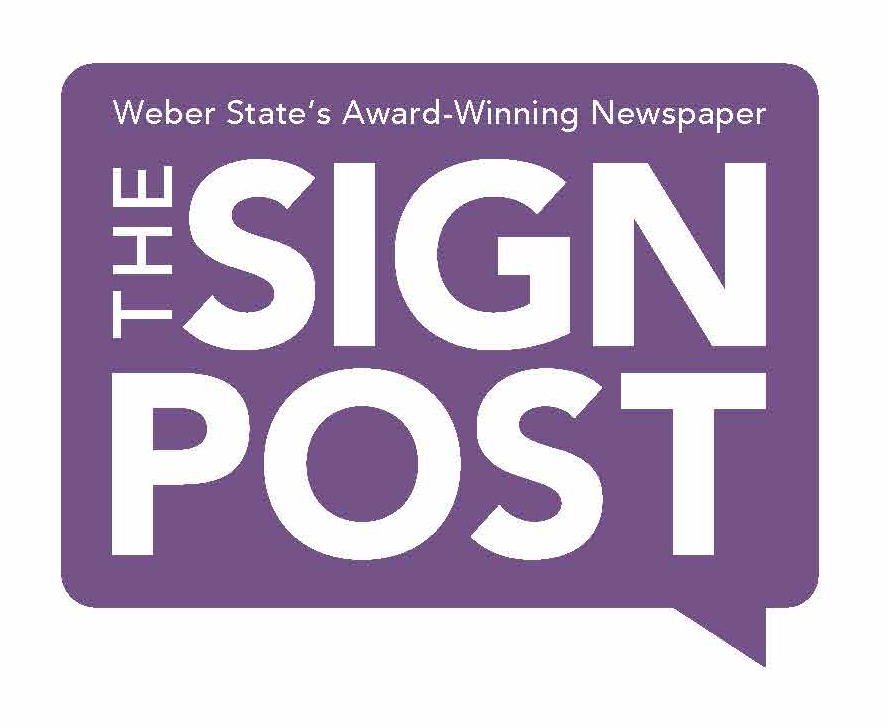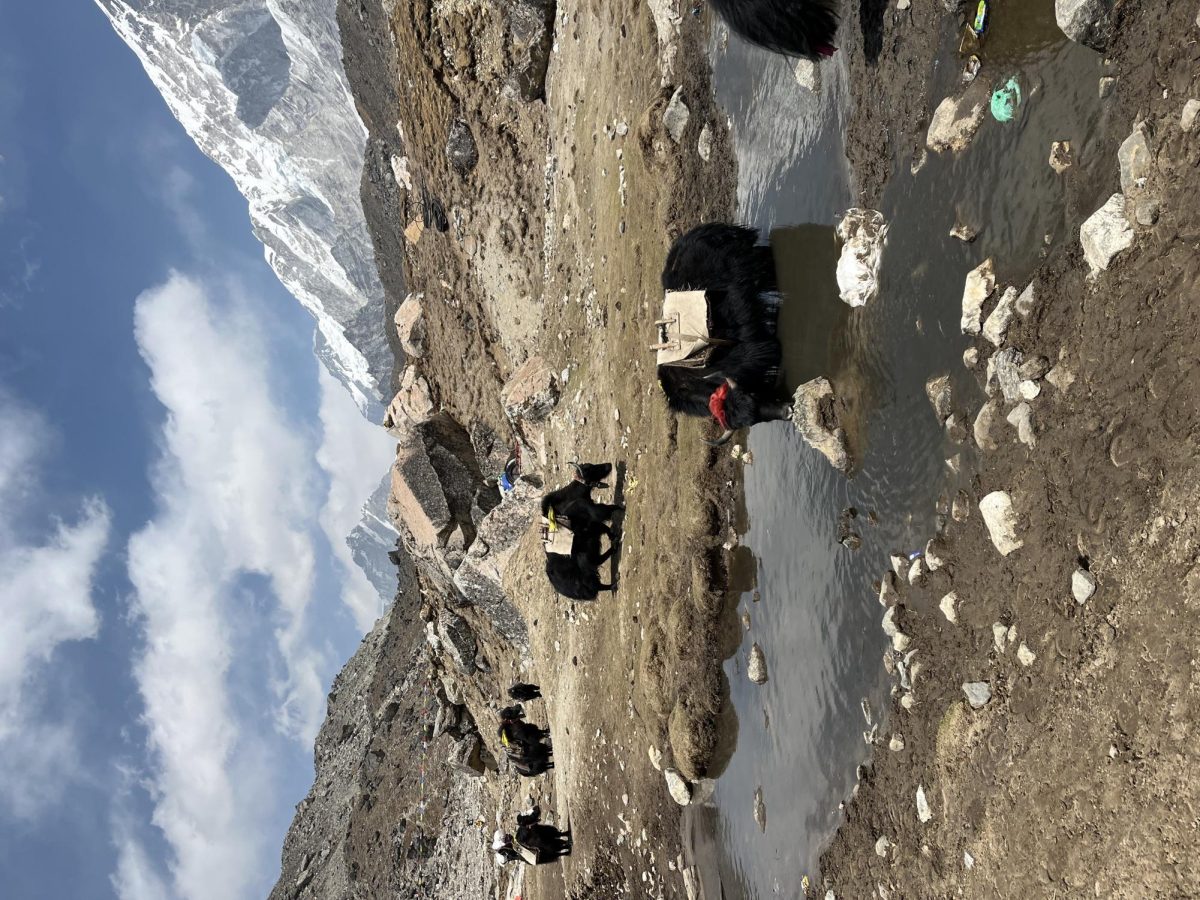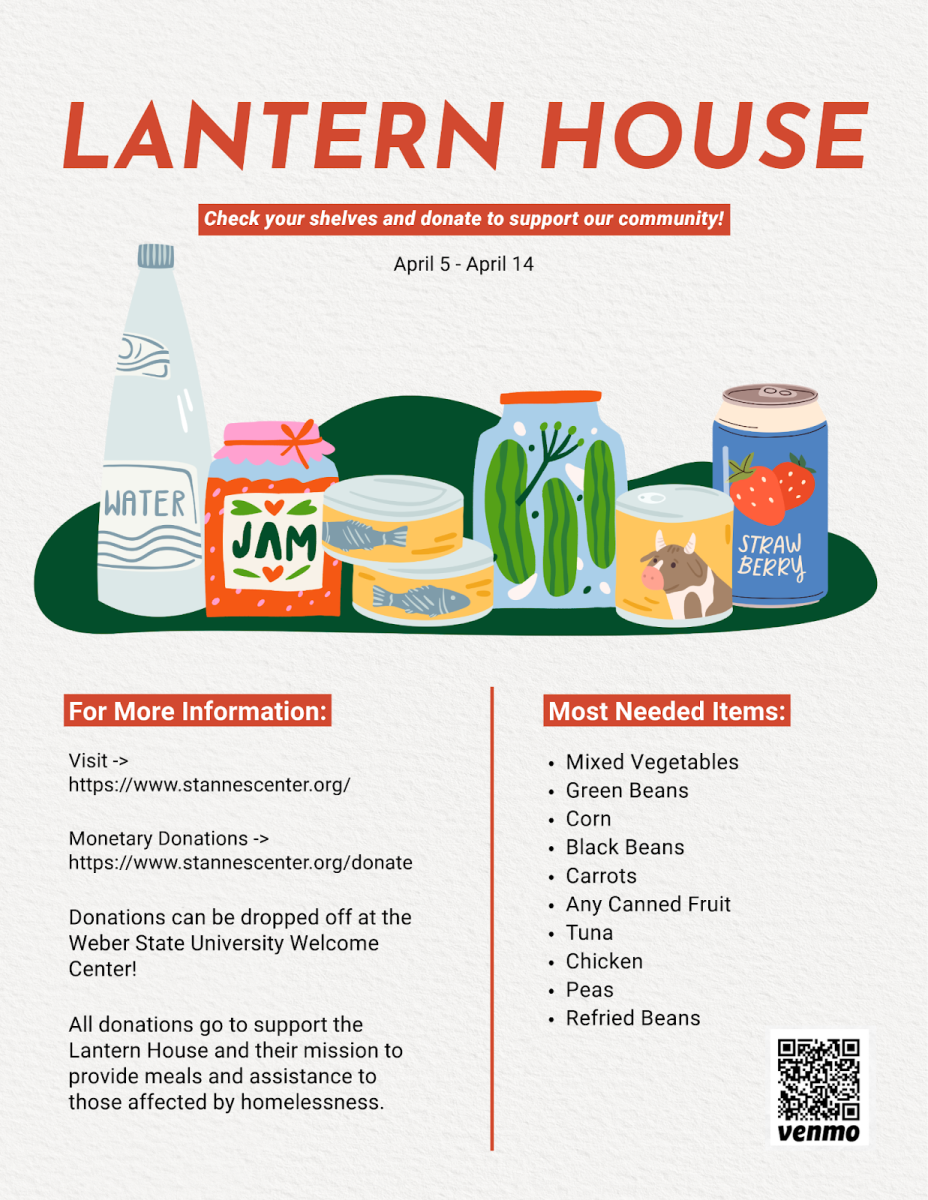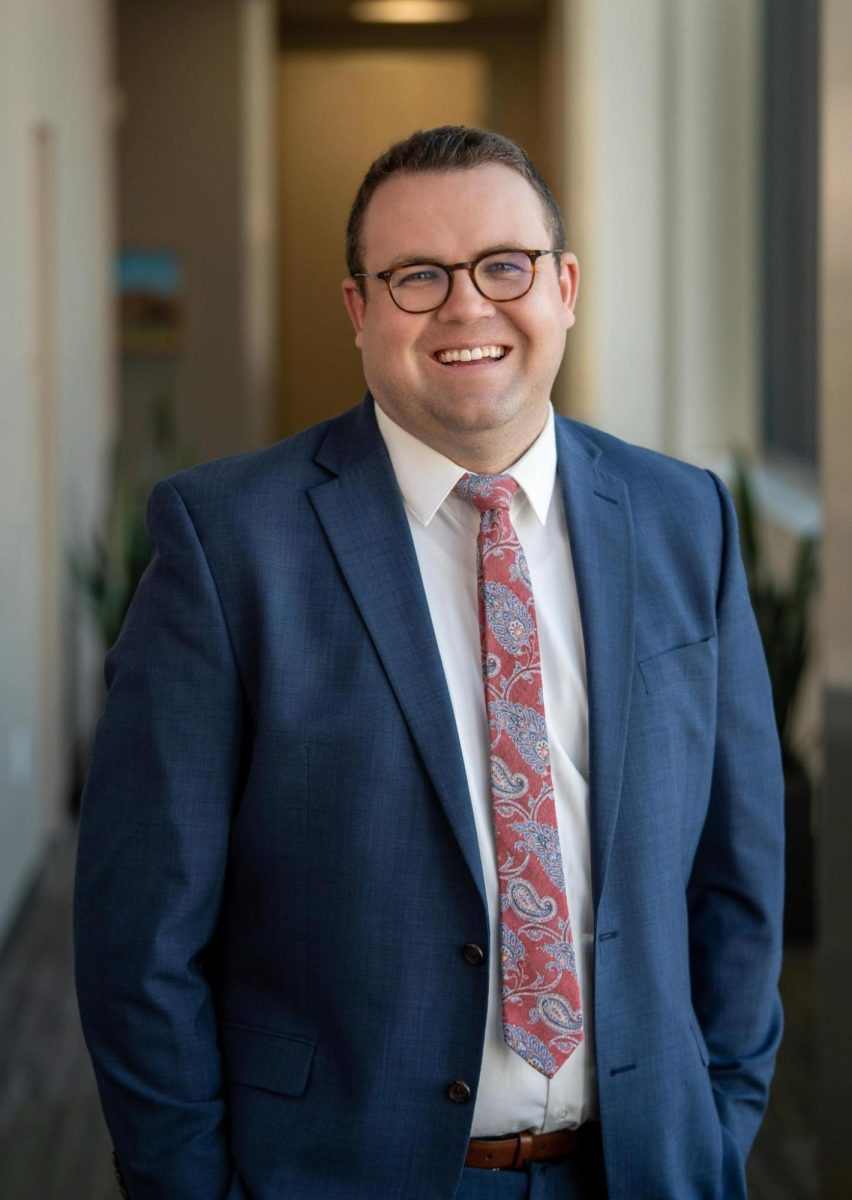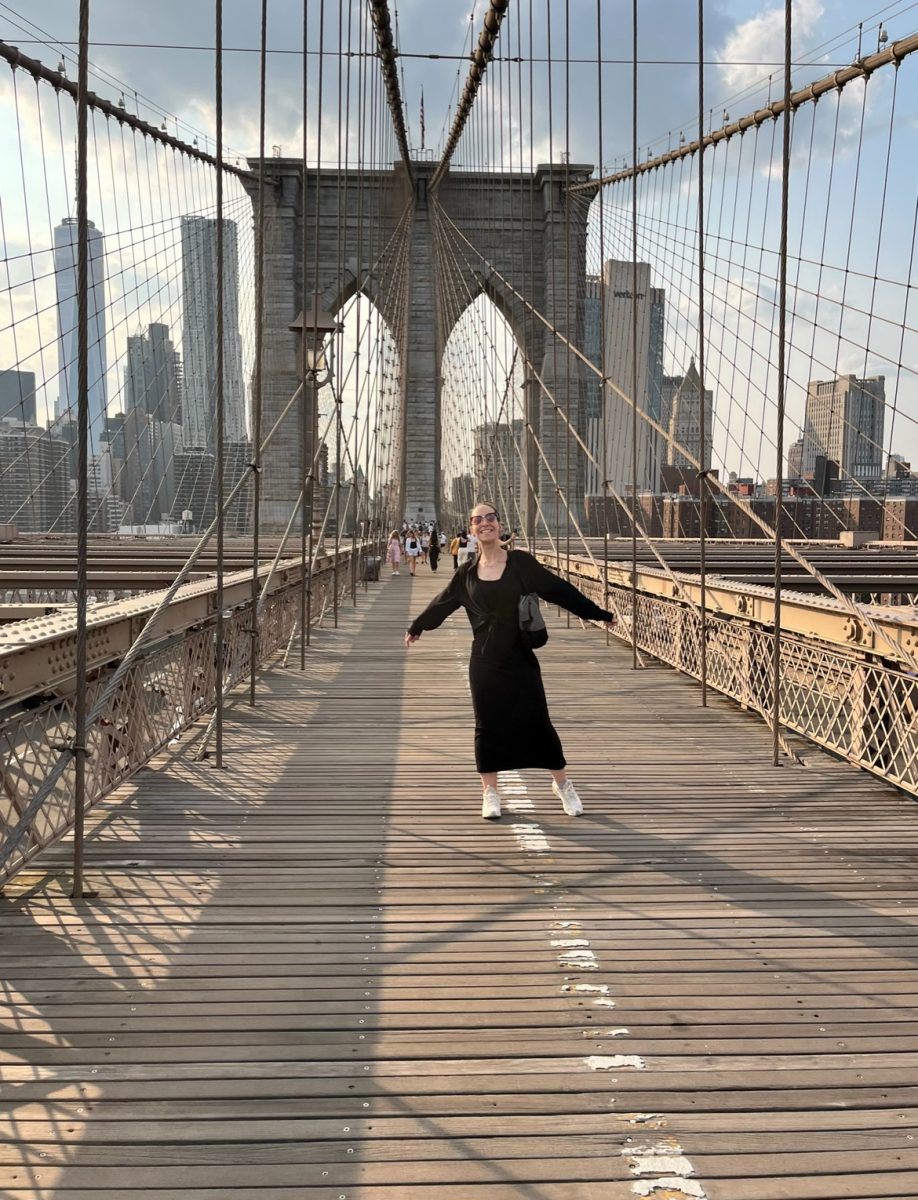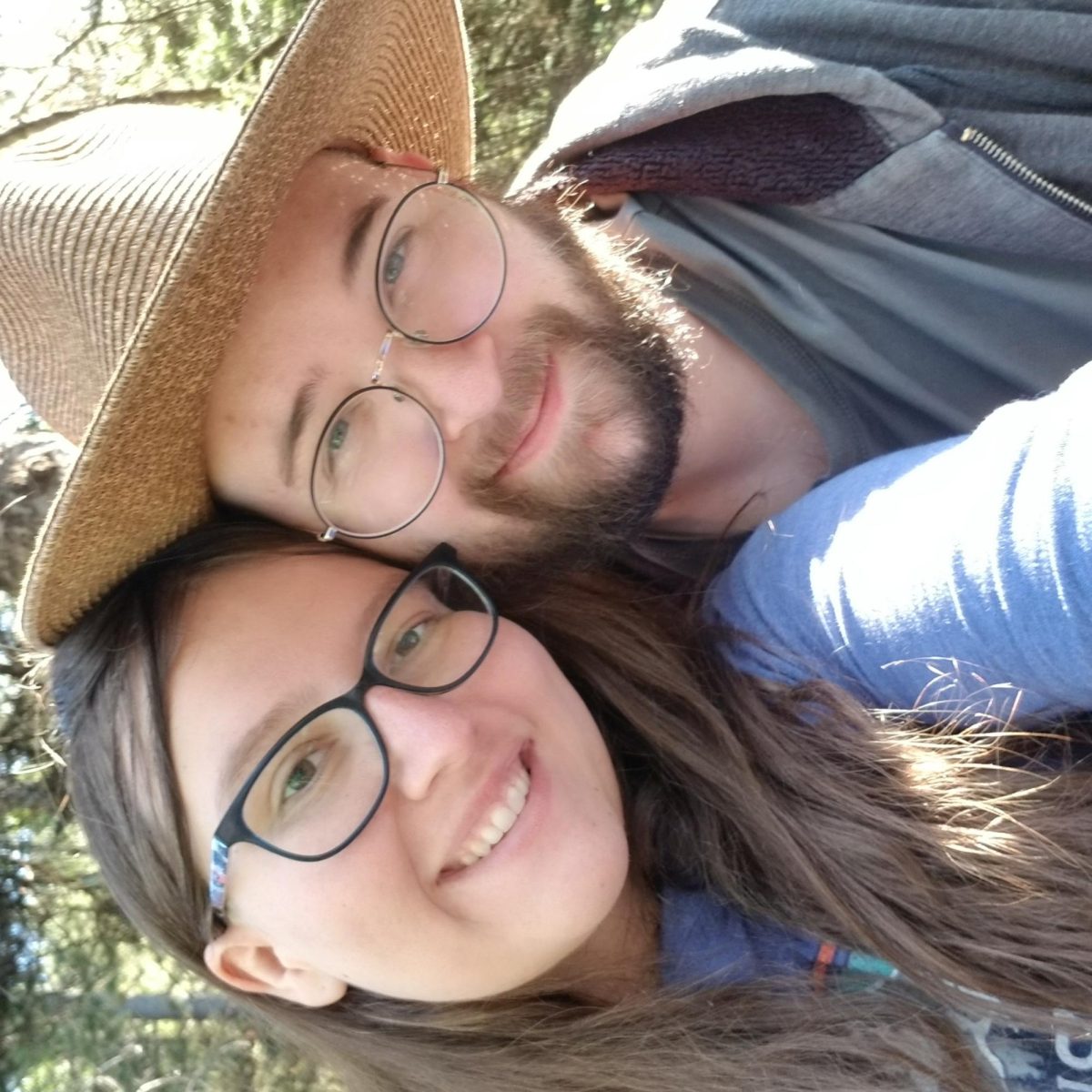
As Weber State students settle into the new fall semester, there is more than one large difference since campus closed nearly six months ago. Now, as students return to the once-deserted campus, questions swirl about how the rest of fall semester will shake out.
At the forefront of the looming questions is what happens if a student becomes symptomatic with COVID-19. If a student receives a positive test after symptoms, the student is required to self-isolate.
“They must isolate at least 10 days from the onset of their symptoms and at least 24 hours with no fever without fever-reducing medication and their symptoms have improved,” said Police Lieutenant Michael Davies, a member of the COVID-19 Task Force. “The student will receive a release date from the health department where they live.”
Those who are not symptomatic may need to self-isolate if they are near someone who has been diagnosed with COVID-19. For this reason, professors have been asked to create seating charts and track where students are sitting for the purposes of contact tracing.
Provost Dr. Ravi Krovi stated that students and professors will be notified of a case if they had close contact with the student. No names or identifying information will be given, just that they were in close proximity to a student with a case. Those notified will be instructed to quarantine for 14 days, with or without symptoms, and closely monitor themselves for symptoms.
Close contact in this case is defined by the CDC as an individual who has been within six feet for more than 15 minutes of another individual.
Davies noted that those who were at a lower risk of exposure — those who are not considered to have had close contact but were nearby — will be notified but not required to quarantine.
If any student does become symptomatic, there is not an option to be tested on-campus. According to Davies, WSU is still looking at possible on-campus testing, but for now, the university is utilizing the many community testing options.
Students who have received a positive COVID-19 test result should use the self-report form on the coronavirus landing page. Even if students suspect or know they have been in contact with COVID-19 or are symptomatic and are awaiting test results should self-report at that time.
While students may be glad to be back on campus, students might also be wondering when or if another campus closure is right around the corner. With the news of Utah State University having four new cases and 287 residents quarantined in their dorms, according to the Salt Lake Tribune, there is concern for another shutdown of campus.
Currently, there is no set number or percentage of cases proportionate to the student population that would cause a campus closure. According to WSU’s Coronavirus landing page, there are contingency plans for situations surrounding COVID scenarios, though they have not been made public.
“A full campus closure would be determined by collaborating with local health departments,” Davies said. “Considering the size and scope of our institution, compared to a K-12 school where everyone is in one building, a more likely scenario would be a specific area of campus for a short amount of time, rather than the entire campus.”
According to WSU’s Phased Guidelines for Pandemic Recovery, WSU plans to monitor infection rates and cases and to dial back the allowances if rates increase, avoiding a campus shutdown while still keeping students healthy and safe. However, a state mandate to close campuses is still a possibility and would cause a shutdown across state-wide higher education institutions.
As students perused their syllabi over the past weeks, they may have noticed that there is not a set university policy about attendance and what will happen should a student test positive with COVID-19. Krovi said attendance policies and how it will affect students will remain up to the professor, and professors should work with students if they are asked to self-isolate or are ill.
If a professor gets COVID-19, guidelines for what will happen for that class are varied across formats and departments. Students will receive instructions on how classes will proceed in that incidence.
